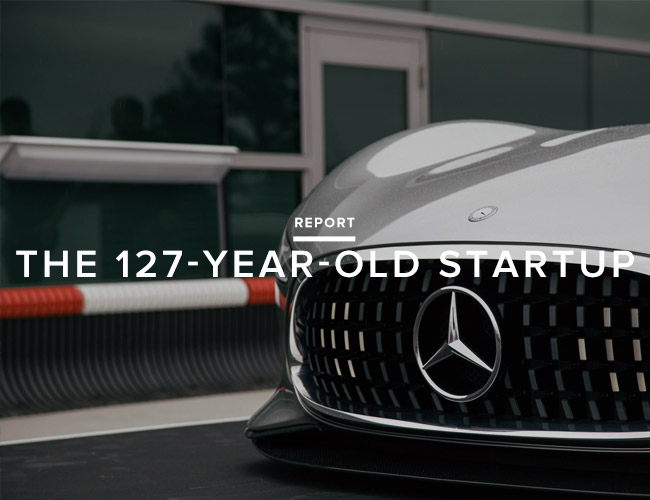Who really made the first car? The answer could come from many directions, but after some discussion, automotive historians would agree on Dr. Karl Benz and his 1886 Patent-Motorwagen. It only had three wheels, but it was considered the first vehicle designed from the ground up to be powered by a non-equine engine. These days, car buyers have saavy, required automotive designers to come up with something new and improved every year, doing its best to keep up with technology. This can be difficult because technology expands almost 100 times faster than a concept car can come into being.
And that’s why, for nearly 20 years now, Mercedes-Benz has had a strong presence in the heart of Silicon Valley. It’s now stronger than ever, with the opening of a shiny and new R&D facility that’s bigger and more-high tech than before. The Sunnyvale, Calif., building is a few miles from the headquarters of Nvidia, supplier of the chipsets driving MB’s more advanced infotainment systems. Tesla, a partner for many of MB’s electrification programs, stamps out the Model S about 20 miles away in Fremont, and all around are startups large and small. Nest, the smart-thermostat maker just next door in Palo Alto, is one new company that the Mercedes engineers seem particularly enamored of. Every single room inside the sprawling Mercedes offices has at least one thermostat. That’s 114 in total.
Mercedes has been working on a few very interesting developments at this Silicon Valley location. One is a NFC-like sensor applied to a set of skis. Slap the sticks on the roof and the car will automatically suggest your favorite slope-side destinations. This, too, is a somewhat fanciful demonstration, serving as more of an indicator of the sort of predictive behavior MB is trying to bring to its cars. Nobody likes programming a navigation system, especially when the information always has to be manually updated. Having a car that’s capable of figuring out your destination is unthinkable.
Another innovation is a prototype app for Google Glass. With this prototype app, you can use Glass to get directions to a destination as per usual. Then, when you sit in the car and plug in your phone, the car pulls down the destination and takes over routing, so that you can take off Glass. After you park, just unplug your phone again and Glass picks up the rest of the trip. It’s a seamless hands-off.
While much of the core engineering of Mercedes-Benz still happens in Germany and at centers elsewhere around the world, the 300 (and counting) employees in Sunnyvale have their own conceptualization of app and infotainment design, and they’re building out their development team to speed up implementation.



